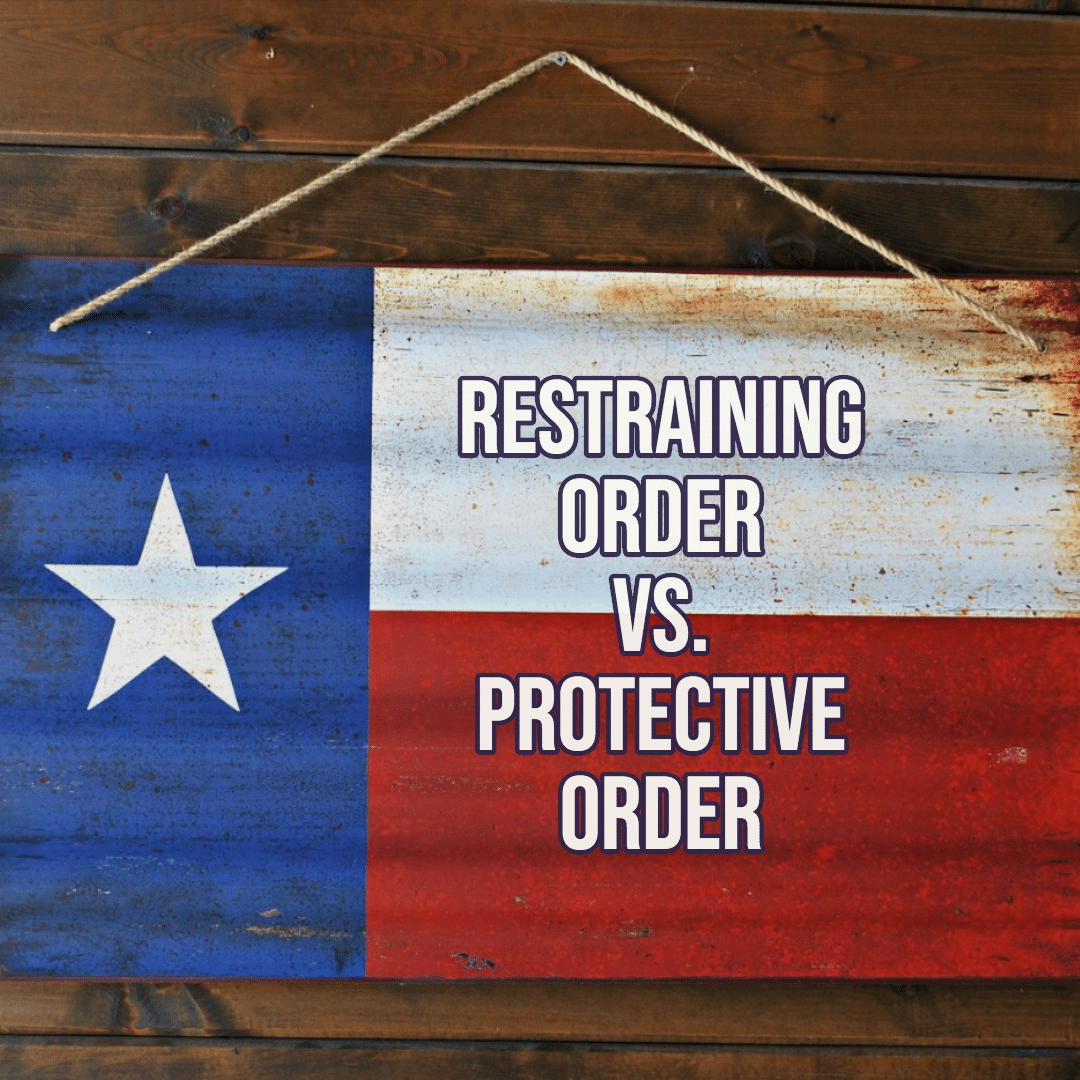
Although many people use “restraining order” and “protective order” to refer to the same thing, these two terms actually describe two different types of court orders.
In stalking and harassment cases, when someone needs protection from an alleged stalker or harasser, the appropriate order is a protective order. If you believe that another person poses a danger to you, it’s important to get help from the appropriate law enforcement agency in your area.
An individual who needs to secure either of these two types of orders will want to understand the important differences between them. Here’s a look at the biggest differences, according to the leading criminal defense lawyers in Dallas at Broden & Mickelsen, LLP.
What Is a Restraining Order?
Generally, a restraining order is imposed by the courts to tell the parties involved in a case what’s permissible and what kinds of behavior and actions are prohibited.
For example, a court might put a restraining order in place to stop an individual from selling property while a divorce is pending. This order helps ensure the property remains an asset until the court can determine which party should receive the rights to it.
In an emergency situation, a court can also issue a temporary restraining order (TRO). These types of orders help protect property and, in some cases, restrict someone from possibly harming a child, until the court can schedule a hearing. In most cases, a TRO will only stay in place for a maximum of 14 days, or until the court holds a hearing.
What Is a Protective Order?
By contrast, a protective order — sometimes referred to as an “order of protection” — is a type of court order put in place to prohibit an individual from harassing or threatening another person.
The length of time a protective order stays in place varies from case to case, but most protective orders will typically span two years. Before they expire, the court has the power to decide if the protective order should be extended.
When a court puts a protective order in place, the subject of the order is usually prevented from having any kind of contact with the victim. Prohibited forms of contact may include in-person contact or contact through the phone, by way of text, or through email.
A protective order may also prevent someone from going within a certain distance of the victim, their property, their workplace, or even their relatives.
While protective orders are generally used in criminal situations, it’s possible for a judge to issue a protective order in a family law case as well. For example, if one spouse accuses the other spouse of stalking, harassing, or threatening them, the court may deem it appropriate to issue a protective order.
This is why, in a domestic case in Texas, you might see both a restraining order and a protective order put in place, especially if one spouse has been accused of threatening physical harm to the other spouse or their children.
How Are Restraining Orders and Protective Orders Similar?
Restraining orders and protective orders share certain common features. Both types of orders prevent individuals from taking certain actions, and an individual could face penalties if he or she violates either type of order.
With both restraining orders and protective orders, the court has the authority to put an offender in jail if they violate the terms of the order. However, it’s uncommon for a judge to order jail time for someone who violates a restraining order in Texas. It would generally take repeated and blatant disregard for the order and the court for a judge to impose jail time.
Penalties for violating a protective order are often more serious than violating a restraining order. When an individual violates a protective order, he or she could end up in jail. If the court determines the offender threatened the victim or made them fearful for their safety, the court may order the offender to serve time in jail immediately. Additionally, the police have the authority to arrest an individual who has violated a protective order.
Options When a Protective Order Is Issued Against You
There are different reasons and situations which would cause a person to file a protective order against another individual, for example, if someone was the victim of stalking or harassment. However, it’s an unfortunate fact that a small number of people use protective orders as a means to retaliate against another person.
When someone asks for a protective order based on false allegations, this hurts both the subject of the order and the real victims of crime. Fake allegations can make it more difficult for actual victims to get the recognition and help they deserve.
If you believe someone has filed false charges against you, it’s important to contact an experienced criminal defense attorney at Broden & Mickelsen, LLP as soon as possible. When your reputation is on the line, don’t hesitate to get the criminal defense help you deserve. You may be able to challenge the order in court and get the protective order removed.
Dallas Best Federal Criminal Defense Lawyers
Broden & Mickelsen, LLP
(T): 214-720-9552
***ATTORNEY ADVERTISING***
Prior results cannot and do not guarantee or predict a similar outcome with respect to any future case.
Sources:
